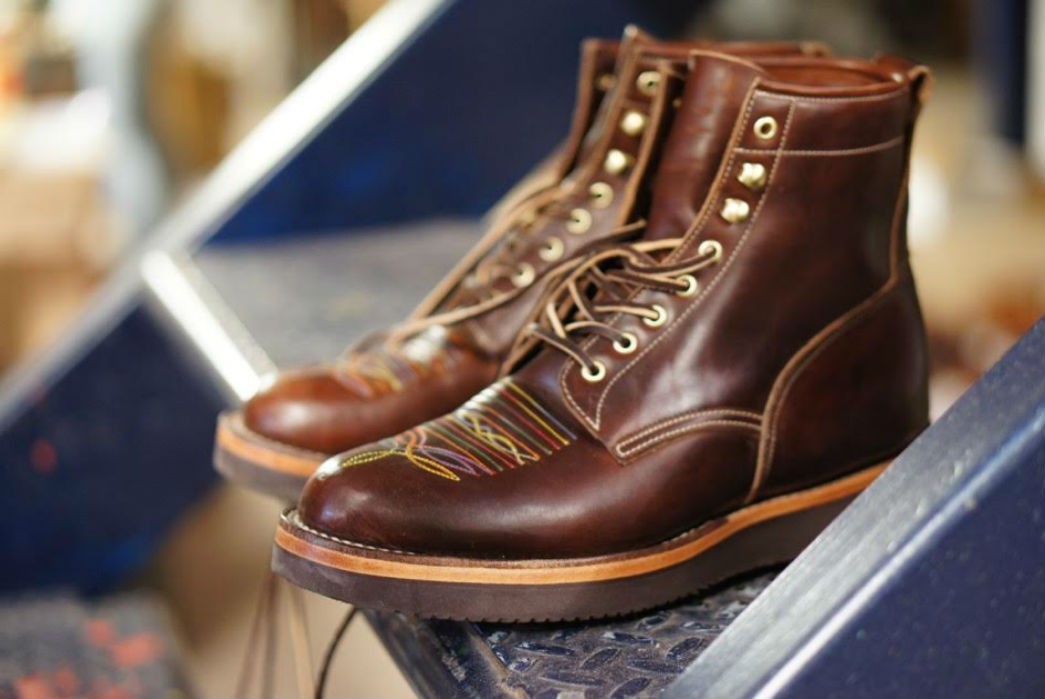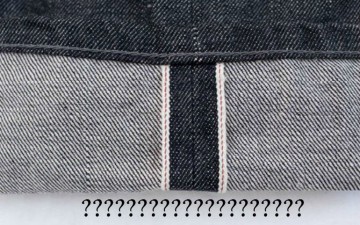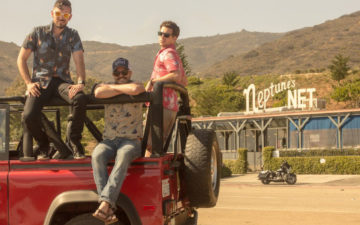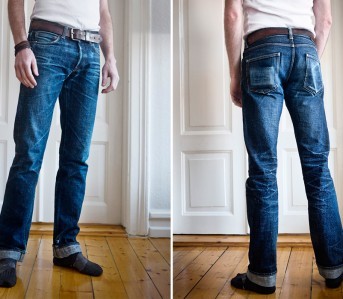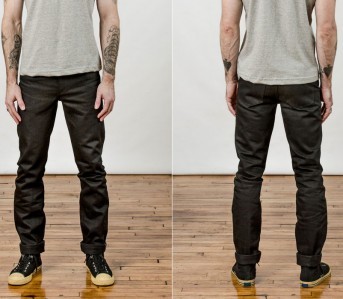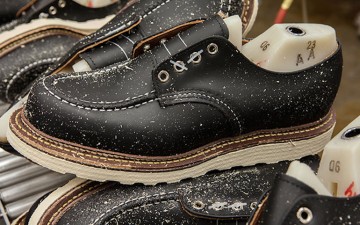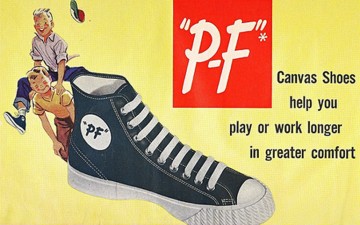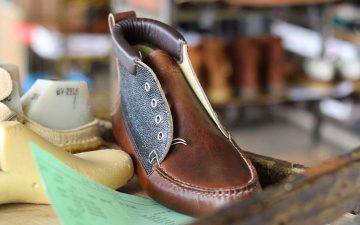Production in Mexico has a bad rap. It’s undeniable that over the years, corporations outsourced manufacturing to the country in the search of cheaper mass production. But this overlooks a rich history of artisans, particularly in the area of bootmaking. Unmarked Boots has been building upon this tradition, bringing Mexico into a modern era of fashion with classic aesthetics and ethical practices.
Founders Claribel Pérez and Hugo Fonce are a pair of well educated industrial designers with a love of shoemaking. While Pérez had learned some shoemaking skills while in university, Fonce – who also has a masters degree in marketing – learned the craft through research and practice.
“I believe our formation as industrial designers made us care so much about mixing technique, ergonomics, functionality and aesthetics,” Pérez said.
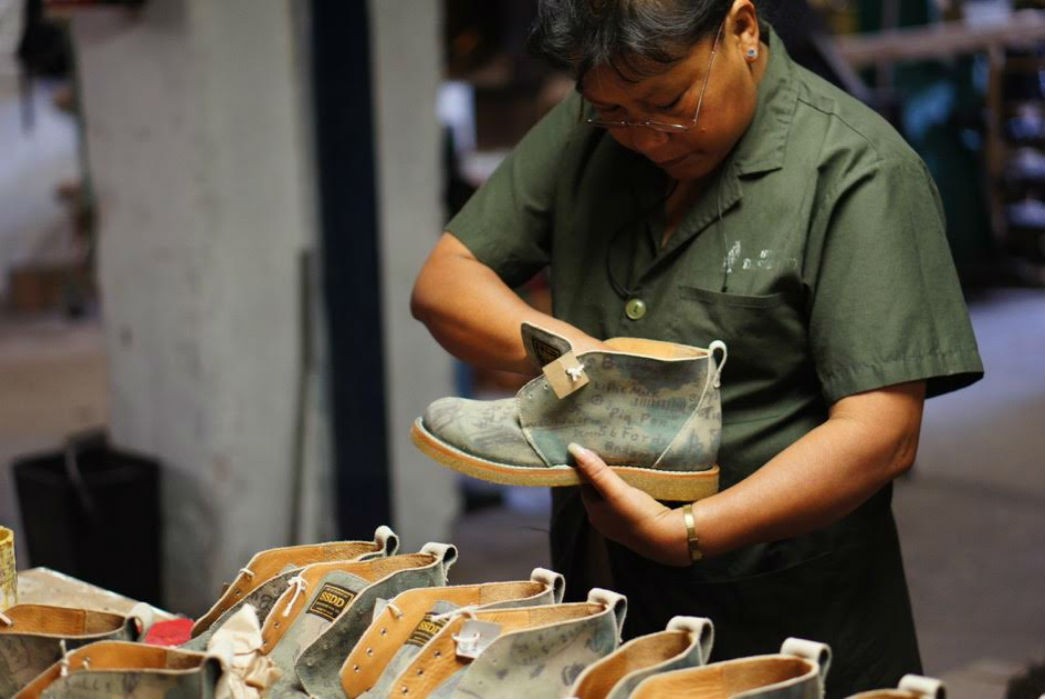
Before starting their company, the pair conducted endless research. They travelled internationally to see what would be required for their brand to compete globally. They also explored several types of footwear construction and explored the archives of shoe last making companies. During World War II, León–Mexico’s fourth largest city and home to Unmarked–was a big shoe manufacturer area. The lasts they found here served as a foundation for Unmarked to modify and update.
During their travels and research, they were also exposed to poor working conditions, low salaries, and the long working hours many factory workers had to deal with.
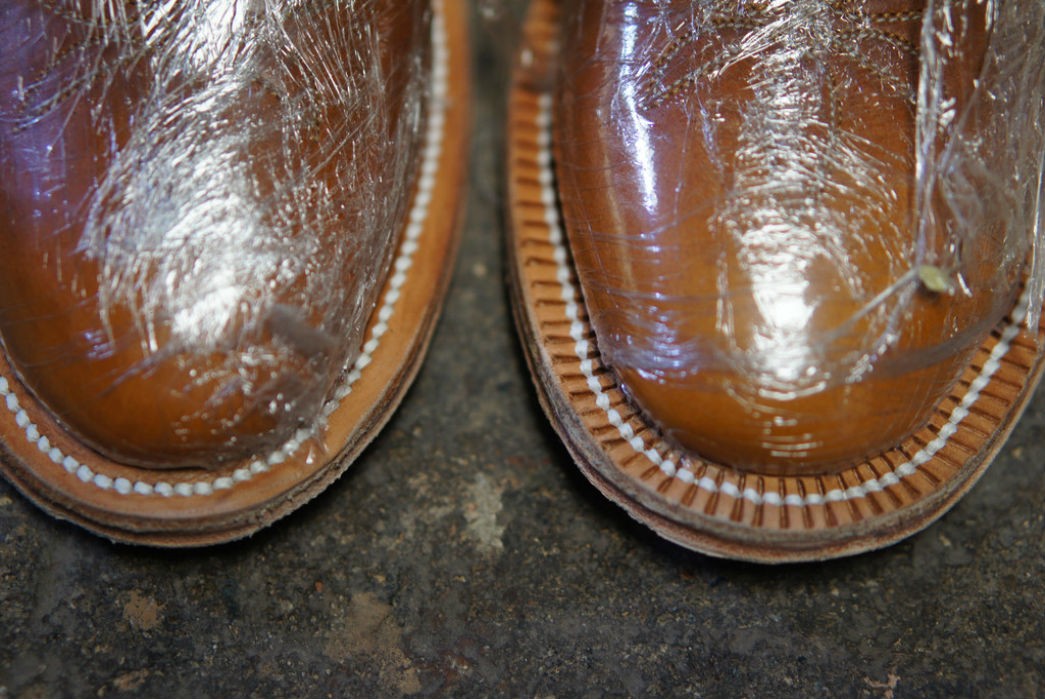
Punto Marcado tooling
“A lot of companies that make shoes in Mexico doesn’t care about this kind of things, they’re here just because it’s cheaper, so we decided to stop working with manufacturers and open our own workshop and make a change, even if it’s little what we are making compared to other companies we care about this as we are Mexicans,” Pérez said with a laugh.
Pérez and Fonce decided to set up shop in a 1950s warehouse right in the heart of an area 150 years of leatherworking tradition. They stocked their workshop with vintage turn of the century machinery and local artisans and initiated production in 2011.
Their mission was not only to make great shoes, but also change the perception of what Mexico can produce. With an industrial design background, Unmarked planned their shoes down to the smallest detail, working from the inside-out to ensure that the construction is on par for a cobbler, not just the customer.
“Sometimes we’ve been asked where are we from and based, and when we tell them, ‘Mexico’ their faces change. [Their response] to that is usually, ‘Mexico?? Do you have designers in Mexico?”
It draws another laugh from Pérez.
“We believe that as long as the product is perfectly made doesn’t matter if it comes from China, Italy, USA, Japan, Mexico, etc. The important thing is that is being produced ethically with great quality.”
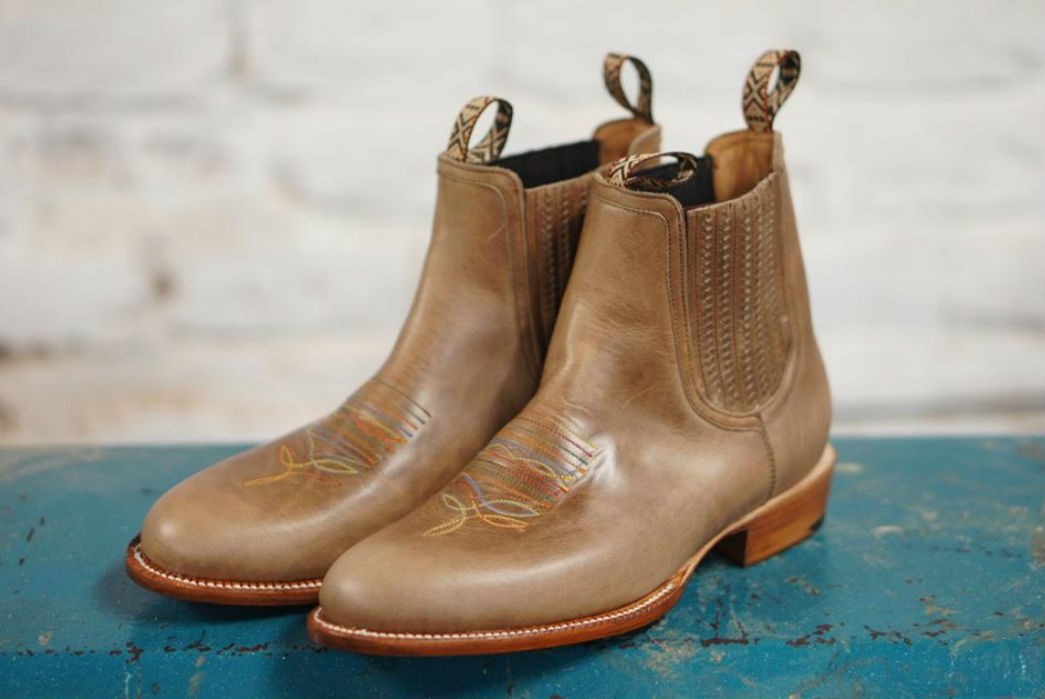
Chelsea boot with custom western stitching
The results so far support their argument. Since opening in 2011, the brand has cultivated a vast array of shoe styles. Their first style, the Señor Boot, is one of a handful of boot options. Dressier brogueing, cap toes, and vintage grained leather is available in addition to simpler workwear styles like the Boondocker. They are all Goodyear welted, use natural cork filling, and a Poron heel cushion. The leather used is a high quality blend of Pit tanned, vegetable tanned, bullhide, calf and full grain leathers.
“One big difference in our shoes, is that we use a leather holdfast carved in the insole to stitch the welt, instead of using a canvas gemming as many other brands do. In order to make this kind of work, we need to use a thick leather insole, otherwise it’s impossible to do it. This ensures the durability of the shoes, also using a thick insole ensures support, and as we use a last designed to distribute weight when walking we found that in time a 10 iron insole molds better to the user. We develop our last based on what we call, “motion control” following the shape of the foot when walking/running. It’s very hard to find a balance between both activities, because weight distributes in a very different way when running than walking, so we tried to find a balance between both, adding arch support and lot of balance on the heel. Of course our footwear is not intended to perform sports or running, but we know that sometimes you need to make a short sprint when you are facing daily commuting or traveling.”
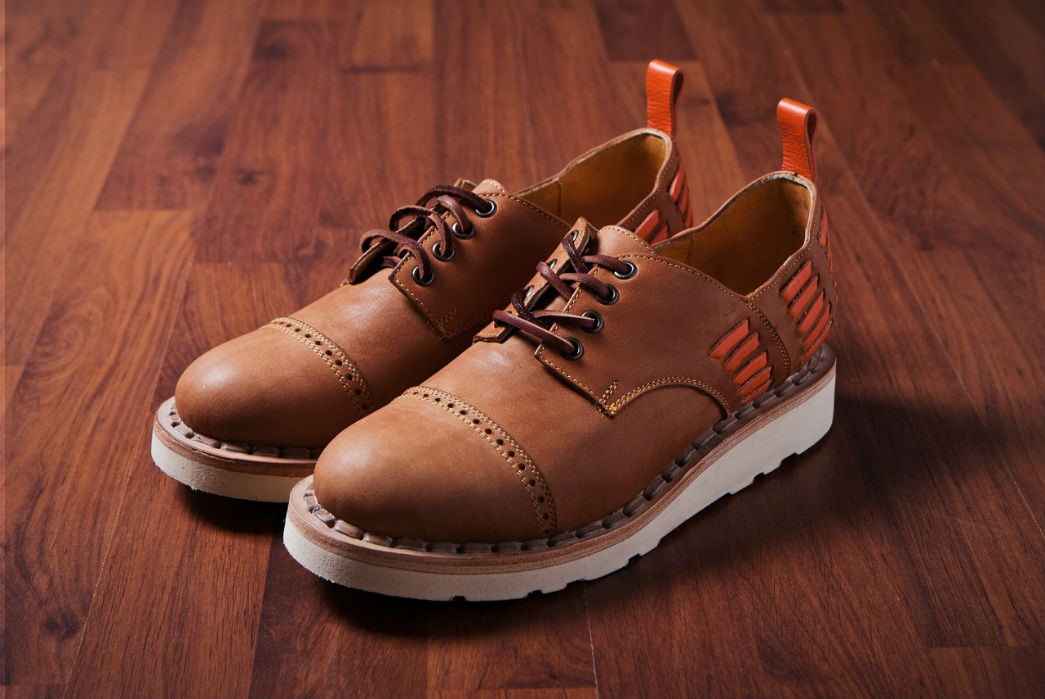
Zarache shoe from 2013
Unmarked likes to explore various types of footwear construction beyond the use of Goodyear, Storm and Norwegian welts, and their more classic shoe styles. One old technique is known to a dwindling number of Mexican artisans, called the Punto Marcado technique, where each stitch is hand-tooled down to help conjoin the welt to the midsole or outsole. They’ve also built in-house what they call the the Strip welt, a combination of huarache construction and Goodyear welt that uses a leather strip handsewn to the welt and midsole. Some other creative examples of design include a moc sneaker, a hair-on chukka, and the women’s Cicla, which is inspired from vintage cycling footwear and converted for daily use.
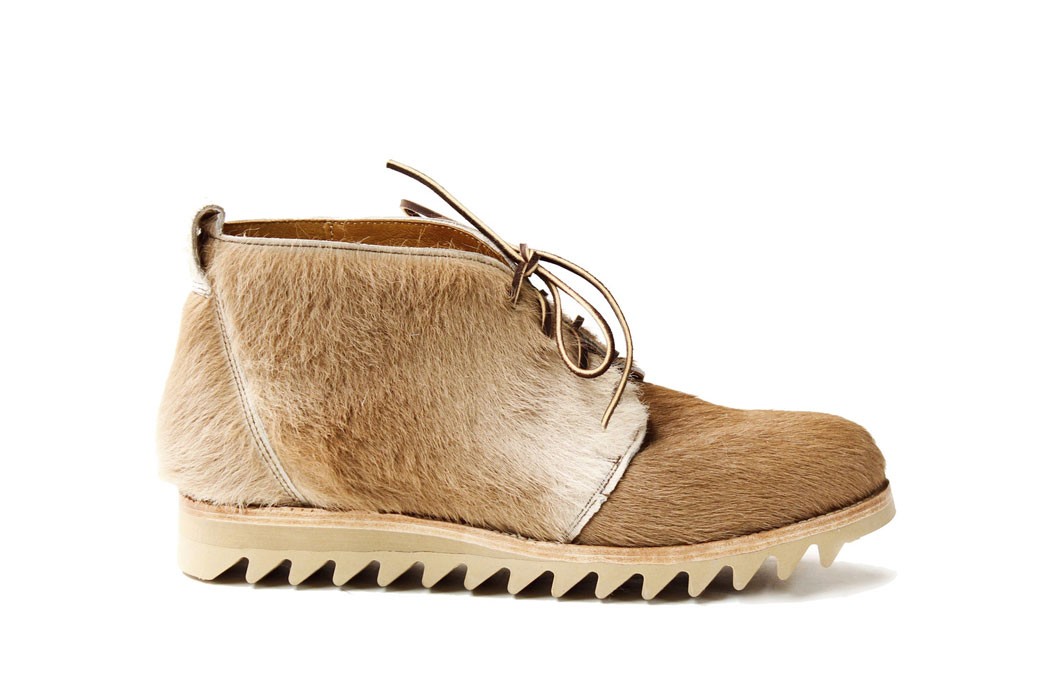
Perhaps most importantly to them, they are striving towards making sustainable footwear like the All-Natural Alvin, which combines vegetable tanned leather with a crepe midsole and outsole.
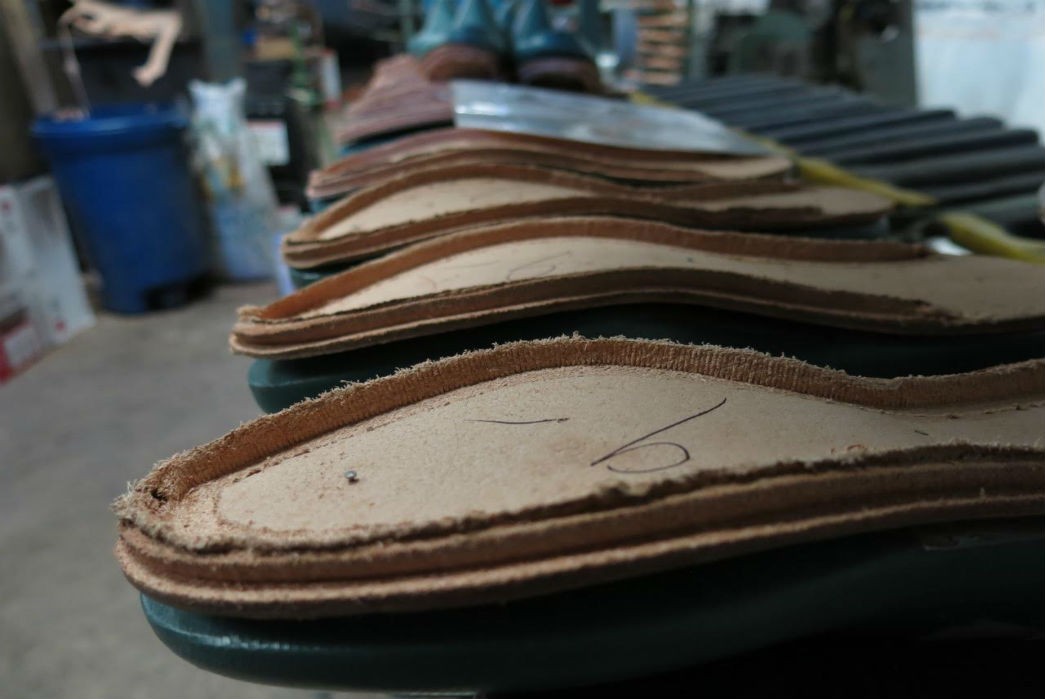
“We try to use natural materials, we found that leather is a remain from food industry, long lasting material that can last for more than 20 years with proper care,” Pérez and Fonce said. “We are starting a new project reusing leather, old plane tires, and combining them with Goodyear welt construction. Normally a pair of shoes is intended to last 500-700 miles, but using a tire as an outsole we can extend the life of the shoes for 50 times that amount of miles, so we don’t have to flood the market with disposable products, and as we are reusing instead of recycling we are not using more energy to reprocess the materials.”
Unmarked produces up to nearly 4,500 pairs of shoes a year. They’ve got a team of eleven designers, artisans and researchers leading the way. Since their first order heading to a Japanese retailer, Asia and Australia have led the way as the customer base, but locals and Americans are taking notice as well. Mexico may not buck its reputation just yet for quality, but brands like Unmarked are creating cracks. And if the first four years of production are any indication, those cracks could soon become a lot larger, and “Made in Mexico” will instead be a point of pride.
Find out more about Unmarked on their website.
Note: Some quotes were slightly edited for clarification.

